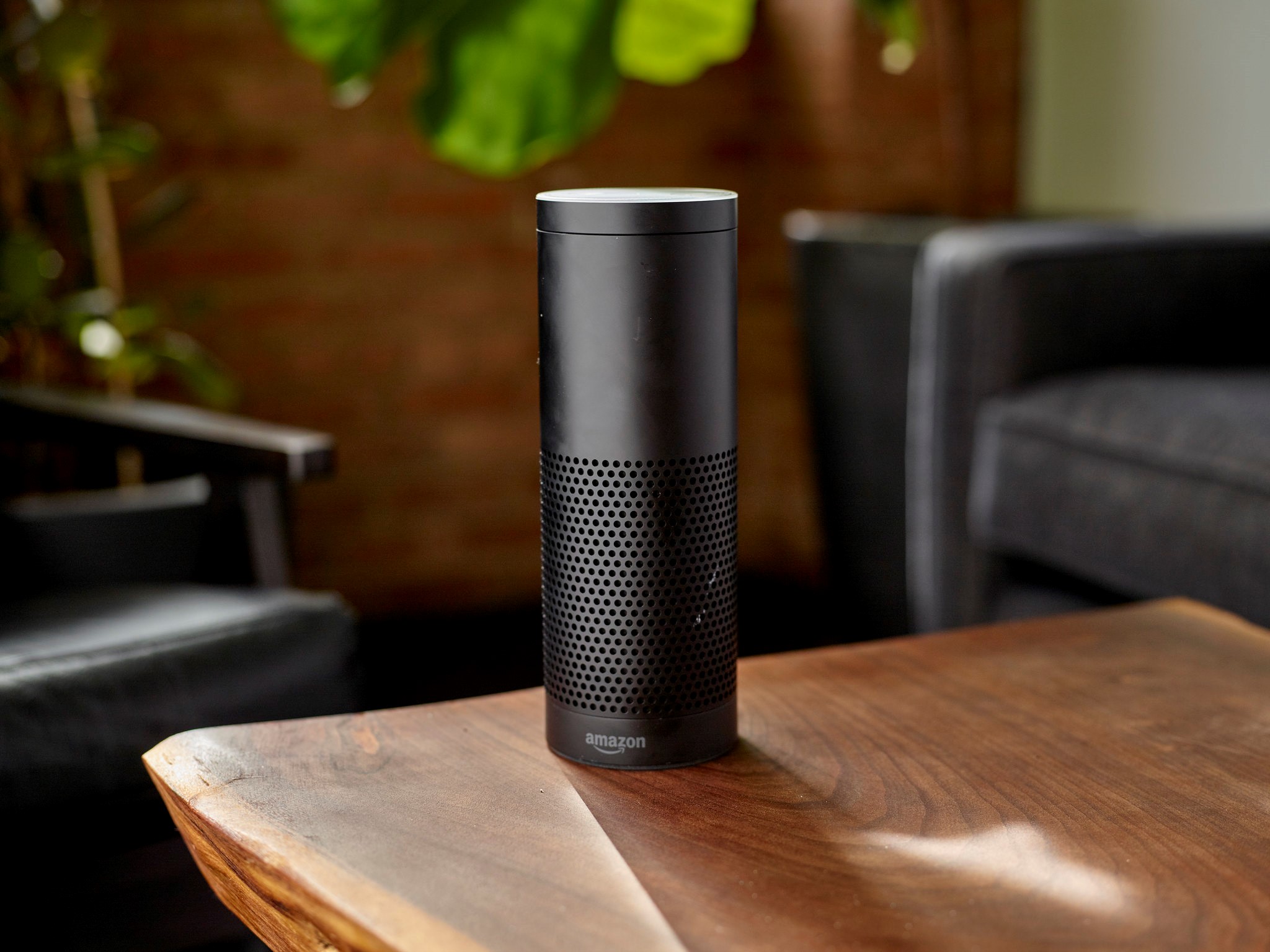
In my last blog I argued that we are not about to witness the death of the contact center because of the COVID-19 coronavirus pandemic. Customer service strategy and how contact centers operate will certainly change, but we will still see companies using contact centers to deliver customer experience - as a part of the wider solution.
In this blog I want to extend that discussion, to think a little more about what will change and what might accelerate because of the pandemic. I’ve had a look around at what market watchers and analysts are saying, but really there is very little detailed analysis yet. Most of the analyst comment on the future of the contact center is still from before the crisis so these are mostly my own opinions, but backed by experience. Maybe the analysts will start quoting me?
There are several changes that I believe will take place in the near future. We are still in the crisis period where almost every team member has adopted the work-at-home-agent (WAHA) model. There will be an interim phase after the crisis before a vaccine is widely available for COVID-19. This period will allow businesses to restart after the widespread lockdowns, but consumers will remain cautious and may change behavior - intermittent social distancing may still be required. Finally there will be a return to some normality when COVID-19 is no longer any more of a threat than similar viruses.
I predict that there will be some changes to contact centers and CX strategy generally, but there will also be an acceleration in the use of technologies such as Artificial Intelligence (AI), chatbots, and smart speakers. Here is a list of some of the changes and developments I expect we shall see:
- Smart Speakers: there are already millions of Amazon Echo and Google Home devices out there, but I think we will see a much stronger integration of smart speakers into CX strategy. To date, they have not supported many transactions such as “Alexa, I need a hotel in Paris tomorrow’, but I think more brands are going to start taking this channel more seriously now.
- Self Service: this includes questions to smart speakers, but more broadly we should be asking the question ‘where do your customers turn first when they have a problem?’ I believe that most people first ask a search engine for help so there needs to be a much more intelligent approach to helping people quickly find answers to common problems without even leaving the search engine.
- Chatbots and AI: many poor implementations of chatbots have made people wary, but when combined intelligently with Machine Learning and AI they can provide a very useful first stage of help for customers. Natural Language Processing will also make it more common for customers to feel comfortable speaking to a bot - they are already becoming familiar with this at home with Alexa.
- Agents Handling Greater Complexity: the combination of smart speakers, improved self service using search engines, and chatbots means that a large chunk of basic enquiries will either be automated or will never reach the contact center, because the customer will fix their own issue with a Google search. Therefore we will see agents need to have very detailed domain knowledge. They are going to only be handling complex questions that the automation can’t deal with. Once a customer reaches an agent they will have already tried fixing their problem in several different ways so your agents need to be experts.
- Blended Work From Home: it is likely that social distancing requirements may be around for more than a few months, some experts are saying until 2022 at least, so it will be more common to build contact center solutions that embrace the WAHA model and allow agents to work both from the contact center and home. This facilitates greater social distancing for those at the office.
- More Sites: companies will use a mixture of diversifying their contact center agents across multiple sites with an additional mix of WAHA to achieve acceptable business continuity planning goals.
As I mentioned, some of these ideas are existing trends that will be accelerated because of COVID-19, but many are changes in the way that contact center strategies are designed. There is a greater need to spread business continuity risk, both to protect contact center employees and also to protect operations for clients. Working from home is certainly a part of the solution, but it is just one component of a wider strategy, not the complete answer.
Photo by Quote Catalog licensed under Creative Commons.